Ever wished for a way of easy dashboard reporting of advanced analysis across the organization with interactive abilities?
Simple webapps are the perfect solution to that! They can be easily created in Python, executed with Voila (Jupyter environment native) and deployed over the air (OTA) with just a simple internet link.
So what exactly is a Webapp and what’s the advantage?
Webapps are applications with inbuilt logic that run locally on devices. They are quick, hassle free and easily shareable with clients and coworkers.
Interactive notebooks are not the best communication tool for all audiences. While they have proven invaluable to provide a narrative alongside the source, they are not ideal to address non-technical readers, who may be put off by the presence of code cells, or the need to run the notebook to see the results. Finally, following the order as the code often results in the most interesting content to be at the end of the document.
AND VOILÀ!, THE JUPYTER BLOG, QUANTSTACK
AND VOILÀ!, THE JUPYTER BLOG, QUANTSTACK
With a ‘wheel’ (thats a pre-compiled bundle of software component libraries in Python speak!) of prerequisites that need to be installed on the devices, webapps offer a lot of solutions. To name a few:
- Great Communication tool to be shared across technical and non-technical readers.
- Can be easily developed inhouse and extremely customizable.
- They are language agnostic.
Here’s a small preview of what interactive Python/Jupyter notebooks look like vs how they materialize in webapps!


With ease of development and implementation, interactive webapps can prove to be a game changer in the industry. Future of interactive widgets and webapps is certainly very encouraging!
Stay tuned for more blogs in this series, as I share the ‘ins’ and ‘outs’ of developing webapps using Python!
– Prerak Dongaonkar

